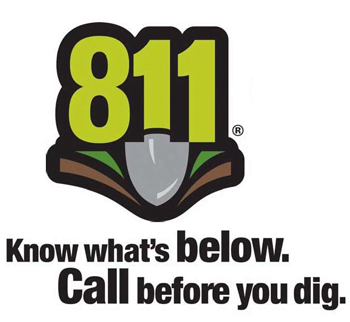Customer Service Hours
7:30 AM-6:30 PM CST
24-Hour Emergency
877-267-4764
24-Hour Emergency
877-267-4764
Customer Service Hours
7:30 AM-6:30 PM CST
24-Hour Emergency
877-267-4764
877-267-4764

Call 811, it is a free call! The One Call Center will let us know who you are and where you intend to dig.
It’s important to keep your natural gas meter clear of debris, vegetation, snow, and ice.
Great Plains Natural Gas Co. is Committed to Zero®. We are committed to zero incidents and injuries. Our goal each day is to provide safe and reliable service. Our commitment to safety extends to our customers, our employees and to the communities we serve.
Great Plains is committed to delivering natural gas through a highly engineered pipeline system in a safe, environmentally sound process. Natural gas pipelines are the safest method of energy transportation, according to National Transportation Safety Board statistics. Great Plains uses the latest technology, security, and industry practices to monitor pipelines, and maintain service and safety. We execute many programs to ensure your safety: 24/7 design and construction monitoring; integrity management; inspection and patrol; public safety outreach; and communication/training with emergency officials.
Following are important safety tips for natural gas customers:
A patch of discolored soil or dead vegetation, dirt being blown into the air, water bubbling or spraying into the air, fire or explosion.
Unusual noises or a hissing sound.
A strange odor similar to rotten eggs or a recently lit match.
We add an odorant to your natural gas so you can detect a leak should one occur. If you think you might have a gas leak, leave the area immediately. Do not light any matches, use a telephone of any type, operate any light switches or electrical devices, or pull plugs from outlets. Any of these could ignite accumulated gas. When you and everyone else are clear of the area, call us at our toll-free number: 877-267-4764
The seal is an indication that the appliance meets industry safety standards. And make sure you follow the manufacturer’s instructions.
Call a certified gas appliance repair service.
It should have a bright blue appearance. A yellow or orange flame means the appliance needs service work. Don’t forget to replace your heating system filter several times during each heating season.
Make sure no obstructions are blocking the appliance’s air intake and regularly check the venting of your gas furnace and water heater by touching the vent pipe (be careful…if operating properly it will be hot).
Your gas range has one purpose – to cook food. It should never be used as a secondary source of heat. When your oven door is left open, it prevents the thermostat from cycling and periodically turning the gas off. This constant burning could create a situation that could cause asphyxiation or fire.
Natural gas is a fossil fuel that is composed almost entirely of methane. It was formed deep in the Earth from plants and animals that were buried by mud and sand. Over time, the mud and sand hardened into rock. Pressure from the rock squeezed the organic matter into fossil fuels like natural gas, coal, and oil. Production companies explore, drill, and bring raw gas to the surface. It is then cleaned, and useful byproducts such as light oils and propane are recovered.
Natural gas can also be produced by capturing methane produced through dairies, landfills, wastewater treatment plants that would otherwise go into the atmosphere, and converting it to usable pipeline gas. This is known as renewable natural gas.
Transmission companies compress natural gas so that it can be transported through buried underground interstate pipelines to city gates. Compressor stations along the way keep the gas flowing at about 15 miles per hour.
Distribution companies like Great Plains Natural Gas buy natural gas from the transmission companies and deliver it to customers through a series of underground pipes. Natural gas is odorless and colorless, so an odor that smells like rotten eggs is injected to make leaks easier to detect.
Natural gas mains carry gas from the city gate station into the community. Service lines are smaller pipes that carry natural gas from the main to the meter at the customer’s building. Pressure regulators keep gas under slight pressure for maximum safety and efficiency. A gas meter measures the volume of gas that is used by the customer.


| Cookie | Duration | Description |
|---|---|---|
| cookielawinfo-checkbox-analytics | 11 months | This cookie is set by GDPR Cookie Consent plugin. The cookie is used to store the user consent for the cookies in the category "Analytics". |
| cookielawinfo-checkbox-functional | 11 months | The cookie is set by GDPR cookie consent to record the user consent for the cookies in the category "Functional". |
| cookielawinfo-checkbox-necessary | 11 months | This cookie is set by GDPR Cookie Consent plugin. The cookies is used to store the user consent for the cookies in the category "Necessary". |
| cookielawinfo-checkbox-others | 11 months | This cookie is set by GDPR Cookie Consent plugin. The cookie is used to store the user consent for the cookies in the category "Other. |
| cookielawinfo-checkbox-performance | 11 months | This cookie is set by GDPR Cookie Consent plugin. The cookie is used to store the user consent for the cookies in the category "Performance". |
| viewed_cookie_policy | 11 months | The cookie is set by the GDPR Cookie Consent plugin and is used to store whether or not user has consented to the use of cookies. It does not store any personal data. |